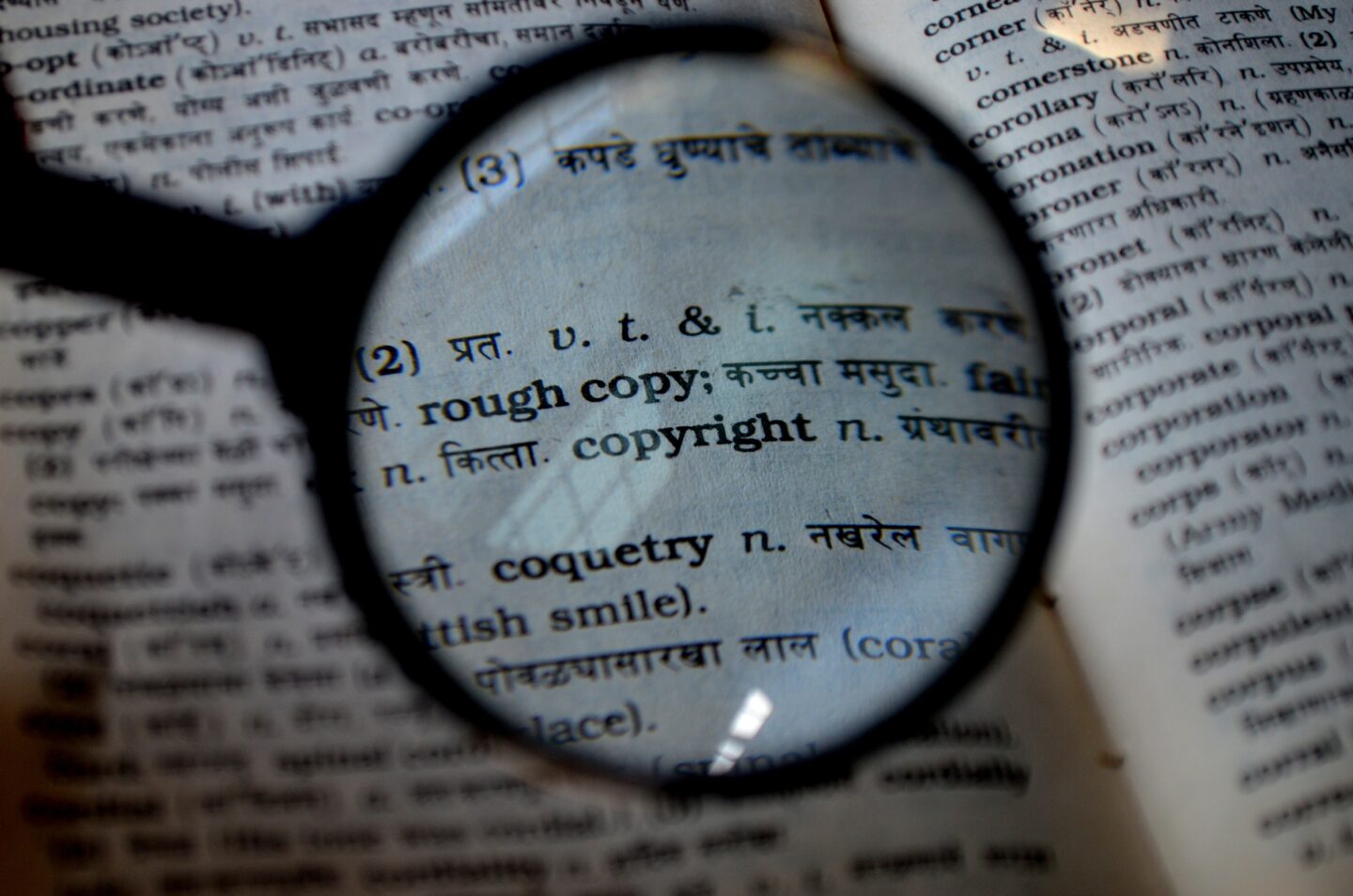Swedish comedian and author Aron Flam was acquitted after being prosecuted with copyright infringement after his publishing of an altered version of the work of art ‘En Svensk Tiger’ (Eng. ‘A Swedish Tiger’), inter alia on the cover of his book ‘Det här är en svensk tiger’. The case has attracted much attention in Swedish press after the prosecutor decided to confiscate approximately 2,000 copies of Aron Flam’s book. A decision that was revoked in August 2020.
’En Svensk Tiger’ is a work of visual art created in the early 1940s by Bertil Almqvist after an initiative from the Swedish Armed Forces for a vigilance campaign. The aim of the campaign was to strengthen the security awareness among the Swedish population. ‘En Svensk Tiger’ has since become a symbol of how the Swedish Armed Forces and the civil society should think and act regarding the defense of the country.
In 2018-2019 Aron Flam published altered versions of ‘En Svensk Tiger’, where the tiger e.g. was portrayed with an armband with a swastika and the tiger did the Hitler salute. The picture was accompanied by the text “This is a Swedish tiger!”. The altered picture was used on the cover of Aron Flam’s book with the same title that was launched in 2019, and the picture was also published on various places, such as on his Instagram.
Swedish copyright law provides an exclusive right for the copyright holder to make the work available to the public and to produce copies of the work. It also includes a right to oppose certain changes to the work. However, a limitation to the copyright holder’s exclusive right to the work is another’s use of the work for the purpose of parody.
The parody exemption is not explicitly regulated in the Swedish Copyright Law, but is apparent from the preparatory works to the Swedish Copyright Law and has been further developed through case law.
According to case law from the European Court of Justice, a parody is characterized partly by it being reminiscent of of an existing work at the same time as the parody differs distinctly from that work, and partly by the fact that the parody has a humorous or caricatural purpose. The parody does not have to show its own originality, except to be noticeably different from the original work that is being parodied. Neither does the concept of parody presuppose that it can be attributed to anyone other than the author of the original work, that the parody must refer to the original work or that the parody must mention the source of the work being parodied.
The Swedish Patent and Market Court had firstly to assess whether Aron Flam’s version of ‘En Svensk Tiger’ was altered to such degree that it could be considered as an independent work, or if not, whether his use of ‘En Svensk Tiger’ could be considered to be permissible according to the grounds for a parody exception. The Swedish Patent and Market Court concluded that Aron Flam’s illustrations showed their own individuality, but that he had also used a tiger that retained the essential features of the original work. It could therefore not be considered as a new and independent work.
The Swedish Patent and Market Court continued its assessment by stating that it is clear that Aron Flam’s use of the tiger has been a parodic element in his communication, directed towards what the tiger has become a symbol of, rather than the original work itself. The tiger had been put in a new context that noticeably distinguishes it from the original work and it carried a clear and caricatural message. The Swedish Patent and Market Court therefore concluded that Aron Flam’s use and publishing of his version of ‘En Svensk Tiger’ was permitted, as it was conducted for parody purposes.
Conclusion
Due to the fact that the parody exemption is not explicitly regulated in Swedish Copyright Law and the existing case law on the subject is rather fragmented, the decision from the Swedish Patent and Market Court is a welcomed clarification and confirmation of the parody’s position within the Swedish Copyright Law.
Furthermore, the case is a good illustration of the distinction between the copyright holder’s exclusive right to a copyright protected work and other’s right to use the work for the purpose of parody, but ultimately also the principal right to freedom of speech. The elements of parody in Aron Flam’s work could be considered as rather sensational and harsh, as it contained various Nazi elements. The decision therefore confirms that a copyright holder must accept rather far-reaching parodic use of its work, also when the parodic use is boardering on hate speech. Thus, the judgement can therefore be seen as an expression of the importance of freedom of expression and everyone’s right to use an existing work for parody, without the copyright holder being able to oppose to the use on the basis of their economic or non-profit rights.
The prosecutor has not yet decided on whether to appeal the judgement or not. We will therefore have to wait and see whether the case is to be tried by the Swedish Patent and Market Court of Appeal, and if the judgement will be upheld.






